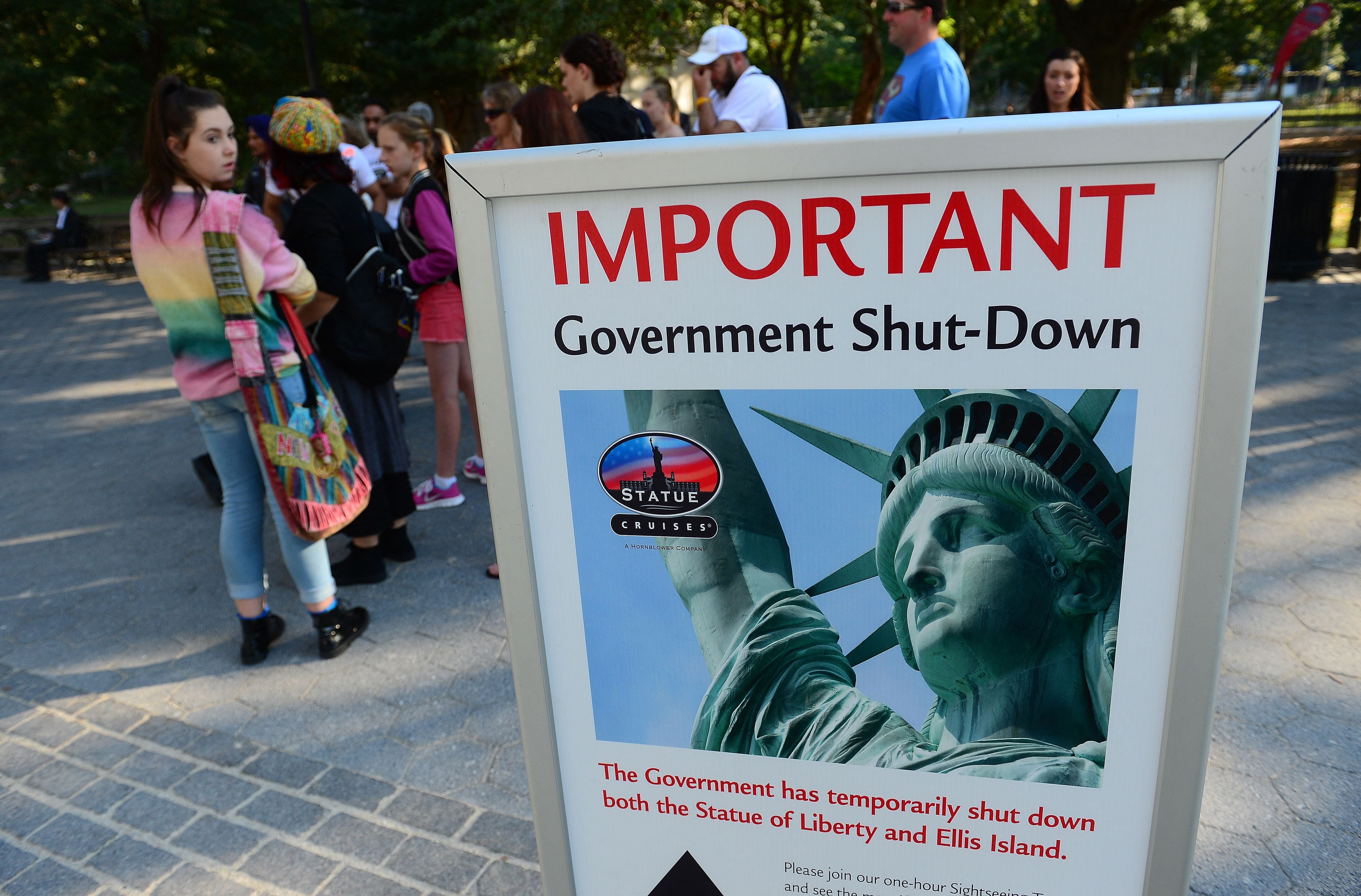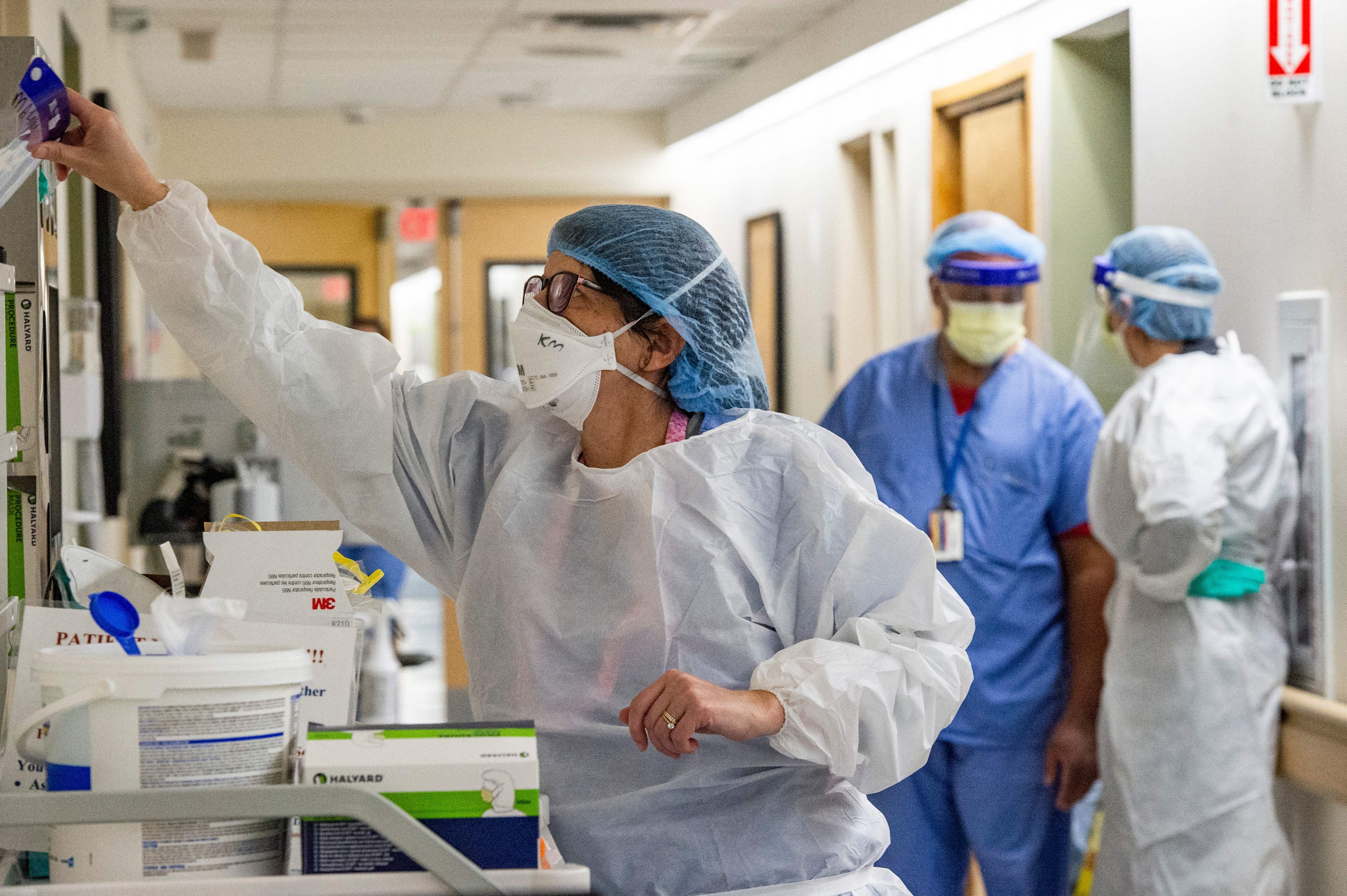The group of six airmen set out that first Sunday in October for a day of sightseeing along the picturesque northern coast of Okinawa, Japan.
They'd left Robins Air Force Base, Georgia, less than two weeks earlier for temporary duty assignments at Kadena Air Base, where they worked 12-hour shifts in support of Pacific Air Forces.
On Sunday, Oct. 5, the airmen traded their uniforms for civvies and ball caps, and left leaving their lodging around 10 a.m. to visit local time for the first of several waterfalls they planned to visit.
By 4 p.m. that afternoon, half of the group would be gone, swept out to sea by waves from an approaching typhoon.
Two airmen died while trying to search for the third who just minutes before had been overcome by what one surviving witness described as a wave so large "it looked like a wall moving toward us."
The events of that tragic day were made public this week in a safety investigation report obtained by The (Georgia) Telegraph through an open requests request.
Large portions of the report are redacted, including the primary findings and recommendations, and the six airmen are identified only by number. But previous information released by the Air Force shows that Senior Master Sgt. James Swartz, a 51-year-old aerospace propulsion superintendent with Georgia National Guard's 116th Air Control Wing, was the first to be overtaken by the waves.
Master Sgt. Daniel Paschal, a fellow Gguardsman who worked as an aerospace propulsion craftsman, and Staff Sgt. Joshua Schoenhoff, an active-duty instrument and flight control systems specialist with the 461st Air Control Wing, went in search of Swartz despite warnings from the other airmen that it was too dangerous. They too Paschal and Schoenhoff had agreed to turn back when they too were dragged to sea by the massive swells, according to the report.
In a March 12 statement to Air Force Times, 461st Air Control Wing commander Col. Henry Cyr called the events of the day "a tragic accident."
"While the investigation did find links in the chain of events that could have been broken, the investigation did not find fault or culpability," Cyr said.
The probe did find "the need to provide improved local area risk information to deploying Airmen, which we, in conjunction with the 18th Wing, are enacting. The 461st Air Control Wing will continue to promote a safety culture amongst our airmen as we conduct missions around the world," the commander said.
'They disappeared'
By midafternoon, the group of six had visited two waterfalls, stopped at a military resort for food, sodas and souvenirs and were headed to a third waterfall. begun as a group of four -- Swartz, Schoenhoff and two other unnamed airmen who met at base lodging around 9 a.m. that morning for a planned day of exploration along the island's northernmost areas.
Swartz invited Paschal and the third unnamed airmen along after greeting them in the parking lot. By 10 a.m., they were headed north, to the first waterfall they planned to visit some 60 miles away.
"The group took photos at the first waterfall, enjoyed the sights and departed for the next waterfall at" 11:30 a.m., the report said.
It was about another hour's drive; at the second waterfall, they hiked a trail and took more photos. At 2 p.m., they stopped at a military resort, where they bought food, sodas and souvenirs. They were on the road again within 45 minutes, headed for a third waterfall.
They'd driven only about five miles, the report said, when Paschal "noticed large waves that crashed against a peninsula of rocks and asked [the driver] to stop for photos."
While snapping photographs, the airmen spotted an access road chained off from traffic that would take them closer to the rocks.
They walked around the chain; an airman identified in the documents as a master sergeant in the Air National Guard took a trail toward the rocks with Swartz, Schoenhoff and another unnamed airman following behind.
Up ahead was a crumbling road that led to a dilapidated bridge, both closed since 1973 — although no signs or photos warned of dangerous waves or the road closure, investigators would find.
The four airmen "watched waves crash and crest over the rocks and wash onto the road close to where they stood."
The waves — described as reaching 40 feet — seemed to calm after several minutes, so Swartz and the Gguardsman ventured closer to the edge of the road, eventually making their way across the broken section of bridge. Meanwhile, Schoenhoff and the other unnamed airmen hung back for fear of the ferocity of the waves.
Swartz and the Guardsman took more photos and started back up the bridge "when a large wave crested over the peninsula of rocks and water violently flowed down the bridge." pushing Swartz into the guardsman. The guardsman grabbed a section of the bridge with one hand and Swartz with the other to keep Swartz from falling; tThey decided it was time to retreat to safety.
Swartz went first. From several yards behind, the Guardsman later told investigators, saw a wave so large it "encompassed my entire line of vision. It looked like a wall moving toward us."
The wave swept struck them both, sweeping Swartz out to sea and forced forcing the Guardsman underneath a section of concrete from the bridge "for what I believe 30 to 40 seconds," he told investigators. When he made his way out, he noticed his shin was bleeding and his friend was gone. He returned to Schoenhoff, hoping Swartz had somehow managed to make it back. He hadn't.
Schoenhoff and the bleeding Guardsman returned to the bridge to look for Swartz their fellow airman despite one in the group – identified only as Person 6 -- telling them it was too dangerous. One in the group — identified as Person 6 — ran back down the trail for help. When he told Paschal what had happened, Paschal decided to join the search. Out on the old bridge, the Guardsman pointed to the place he and Swartz had been struck by the wave. A few moments later, as the swells began to rise again, he said he told the others "we need to get out of here."
The Guardsman made his way off the bridge believing Schoenhoff and Paschal were to be right behind him. When he turned back and saw they were still on the section of bridge where he and Swartz had been struck "I "yelled at them to get moving … [they] did not appear to hear my yelling, the waves and the surf were making a lot of noise. I kept beckoning them … when I saw the wave hit both [Schoenhoff and Pascal] on the bridge. … I saw it hit [them] and they disappeared."
Aftermath
The local coast guard and emergency responders were was dispatched to help search for the missing airmen. ; local emergency responders walked to the rocks wearing body belts and harnesses but did not go down to the bridge because of the dangers. Around 6 p.m., they local coast guard crew discovered Swartz's body about 400 yards from where he vanished. The search was called off as night fell with Schoenhoff and Pascal still missing.
A fisherman would find the body of Schoenhoff on a beach the morning of Oct. 7; the next day, a military search and rescue team recovered Paschal.
An investigation analysis found the six airmen had been briefed received a safety briefing upon their Sept. 25 arrival on "water safety policy, sea conditions and dangerous wildlife in the ocean. Weather, driving and typhoons were also covered."
The airmen did not, however, see a water video that depicts dangerous water locations and weather hazards in the area "due to technical difficulties."
Three of the airmen — including one who died — had seen the video during a temporary duty assignment to the base a year before "and were familiar with water and weather hazards."
Three days before the accident, the base had declared a Tropical Cyclone Conditions of Readiness storm watch in advance of the typhoon that would come within about 200 miles of the base. The warning was downgraded on Oct. 5, with wave heights forecast to reach six feet and wind gusts about 35 mph.
"It was sunny with scattered clouds," according to the report.
An email to Robins Air Force Base public affairs asking whether the accident has led to any changes in safety briefings or whether any disciplinary actions had been taken was not returned Tuesday.
In an email statement to The Telegraph, Col. Henry Cyr, 461st Air Control Wing commander, said the Air Force and Joint Surveillance Target Attack Radar System to which the airmen belonged "seek to find what we can learn from this incident to ensure other Airmen do not suffer the same tragic outcome. To date, we have worked to implement improved safety and deployed training to accomplish this. We will continue to assess how we can further improve awareness and improve our culture of safe operations around the world."





